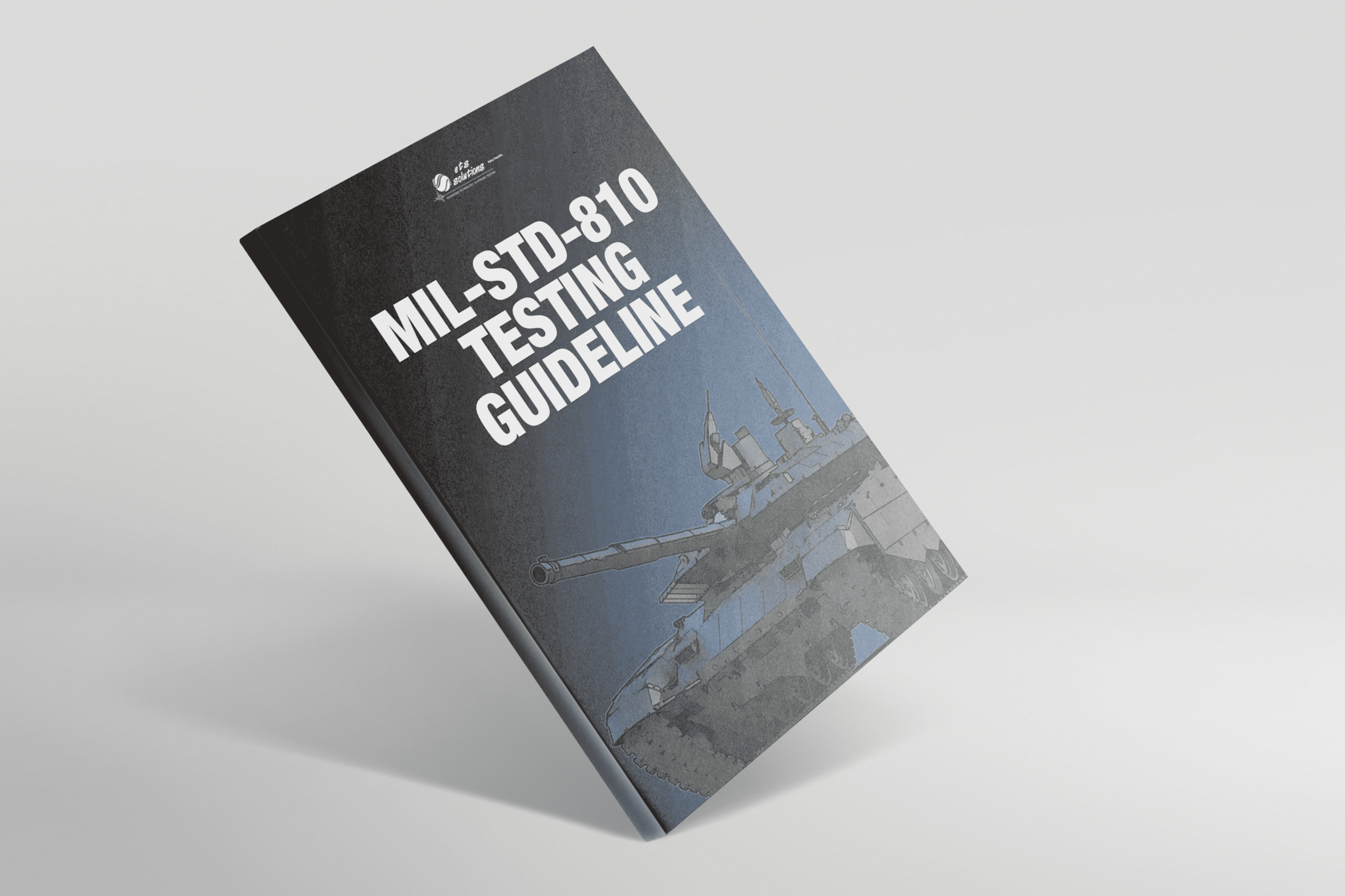Purchasing a rugged device means getting a device that’s more durable than ordinary consumer products, and also reliable under some of the harshest environmental conditions on the planet. When extreme working conditions require rugged technology, equipment manufacturers rely on testing standards like MIL-STD-810G (Mil-Spec).
What is MIL-STD-810?
The MIL-STD-810 test method standard for environmental engineering considerations and laboratory tests is a publication of the US Department of Defense with contributions from the US Army, Air Force, and Navy as well as the Institute of Environmental Sciences and Technology (IEST) and the Shock and Vibration Information Analysis Center (SAVIAC) “The primary emphases are still the same – (with the exception of Method 528) tailoring a materiel item’s environmental design and test limits to the conditions that the specific materiel will experience throughout its service life, and establishing laboratory test methods that replicate the effects of environments on materiel, rather than trying to reproduce the environments themselves. However, the “G” revision continues the up-front explanation of how to implement the environmental tailoring process throughout the materiel acquisition cycle.“ (MIL-STD-810G, Part One, Forward, 1.0)
First published in 1961, MIL-STD-810 has undergone a series of versions, with new test methods, clarifications and different test severities and durations. The current version — MIL-STD-810G — was issued on October 21, 2008, superseding MIL-STD-810F, which was last updated on May 5, 2003.
MIL-STD-810 standard is designed to generate confidence in the environmental worthiness and durability of material system designs, offering test methods to accomplish the following purposes:
“Define environmental stress sequences, durations and levels of equipment life cycles
Develop analysis and test criteria tailored to the material and its environmental life cycle
Evaluate material performance when exposed to a life cycle of environmental stresses
Identify deficiencies, shortcomings and defects in the material design, materials, manufacturing processes, packaging techniques and maintenance methods
Demonstrate compliance with contractual requirements”
MIL-STD-810 standard contains test methods and planning for engineering direction for considering the influences that environmental stresses have on material, products or equipment through every phase of their service life. Used by the U.S. military to test product limits and capabilities that the product will experience throughout its life, MIL-STD-810 testing is also used as a standard for rugged commercial products.
ETS Solutions Asia is an ISO 17025 SAC-SINGLAS Accredited laboratory providing and perform comprehensive Vibration and shock Testing solutions of the MIL-STD-810 test methods.

